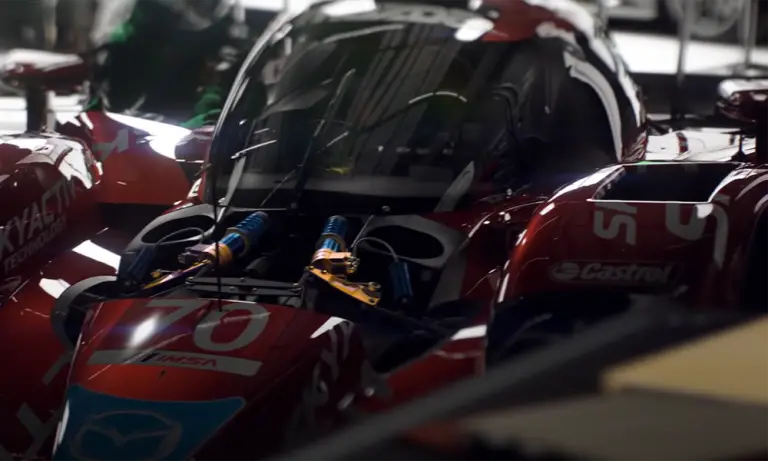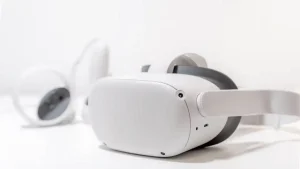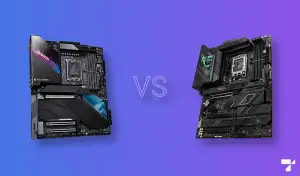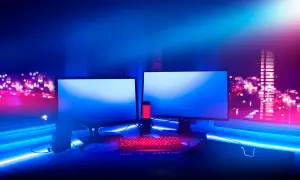Nvidia paved the way to making ray tracing available to the general public with the release of their RTX line of graphics cards.
Following this, they made updates to give their “older” graphics cards ray-tracing capabilities. This includes the Nvidia GTX 1000 series and 1600 series graphics cards. But, while they’ve been quick to market ray tracing as the next big thing in gaming, a lot of gamers still don’t understand them.
The number ballooned when the next-generation consoles, Xbox Series X and PlayStation 5, were unveiled by Microsoft and Sony, respectively.
Each console will reportedly support 8K gaming and, as you might have guessed it, ray tracing. But, what exactly is Xbox Series X ray tracing? More importantly, what does Xbox Series X ray tracing mean for the future of gaming?
What is Xbox Series X Ray Tracing?
Ray tracing is currently considered the gold standard when it comes to methods of rendering light and shadows in a virtual world.
In movies and TV shows, the technology has long been used to produce life-like scenes, as well as blend virtual lighting with real-life scenarios. However, this comes at a cost. Because ray tracing simulates and tracks every ray of light produced by multiple lighting sources, as opposed to coming from a single source, the life-like lighting and shadows aren’t easy to render nor reproduce.
This is one of the biggest reasons why ray tracing wasn’t made available in video games until recently.
With Xbox Series X ray tracing, we’re about to see a huge improvement in next-generation titles.
Take a good look at how ray tracing significantly helps improve how a game like Minecraft looks in this trailer.
Minecraft Ray Tracing
As you can see, ray tracing isn’t just about how the lighting and shadows look. It’s also how both interact with the virtual world.
Because the algorithm calculates how light hits and moves similar to how our eyes process lighting, shadows, as well as reflections in real life, the colors we see and how life-like they are improves as well.
But, again, it’s taxing, and even though it’s possible to render life-like graphics, we only have so much power available to us.
However, with Xbox Series X ray tracing, we can have our hopes up.
Even though it doesn’t have as much power as an entire cloud-based or physical server farm that’s used by studios to render graphics imagery for films and shows, the Xbox Series X is the most powerful console to date.
Doing it on the fly should be much easier for it, especially with enough optimization done, compared to the graphics cards of today.
How Does Ray Tracing Affect Xbox Series X Performance?
Nvidia was the first to introduce real-time ray tracing in video games, and the difference was evident.
With the next-generation consoles, this should only improve.
Keep in mind that our eye works by capturing lighting as they move around a particular area. Sometimes, light creates shadows because it’s blocked by some objects. In other times, it might reflect off of another object, creating reflections. Then, when light changes as it passes through certain objects, it creates refractions.
All of these effects can be observed naturally by the human eye.
The same can’t be said when it comes to video games.
With ray tracing technology though, and the improvement that comes with the RDNA 2 GPU architecture by AMD, computer-generated images that are indistinguishable from movies in the way that they capture reflections, refractions, and shadows, should be made possible.
How Does Ray Tracing Differ From Rasterization?
Prior to ray tracing, video games relied on a process known as rasterization.
Rasterization is a faster process. It’s also not as hardware-intensive. However, it’s worse. Because, unlike ray tracing, which simulates how our eyes work to simulate lighting in real-time, rasterization uses polygons and converts these virtual triangles into 3D pixels, which are then further processed to help improve their graphics.
Further processing of pixels, known as shading, can be intensive on the graphics card.
This is why supported games look better on the Xbox One X than on the original Xbox One, because the upgraded console has much more powerful hardware, including a better graphics card.
Compared to ray tracing though, rasterization is not as hard-ware intensive.
Conclusion
Ray tracing is important because there’s the argument that we’re starting to reach the graphical ceiling of currently available technology in video games.
It is possible that, without ray tracing, next-generation titles might not look that much better compared to what’s available today.
This change would be unprecedented.
Historically, the jump from current-gen and next-gen consoles represented a huge change in graphics.
Thankfully, there’s ray tracing, which, when combined with the high-end dedicated audio hardware being developed for the Xbox Series X, should be more than enough to represent the next step in graphics commonly associated with the shifting of console generations.
As a result, we, the gaming audience, can expect far better-looking and more immersive titles going forward.



